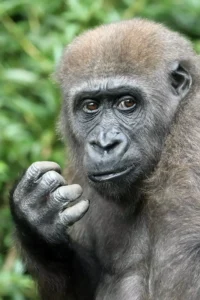Gorillas, the largest living primates, have always fascinated humans due to their striking similarities to us and their complex behaviors. These gentle giants, native to the dense forests of central Africa, have many intriguing aspects that many might not be aware of. Here are ten captivating facts about gorillas that will surely pique your interest.
Key Takeaways:
- Gorillas share about 98% of their DNA with humans.
- They live in stable family groups with intricate social structures.
- Mountain gorillas are critically endangered with only around 1,063 left in the wild.
- They have a diverse diet and can eat all day long.
- Gorillas communicate using various vocalizations, including 16 different types of calls.
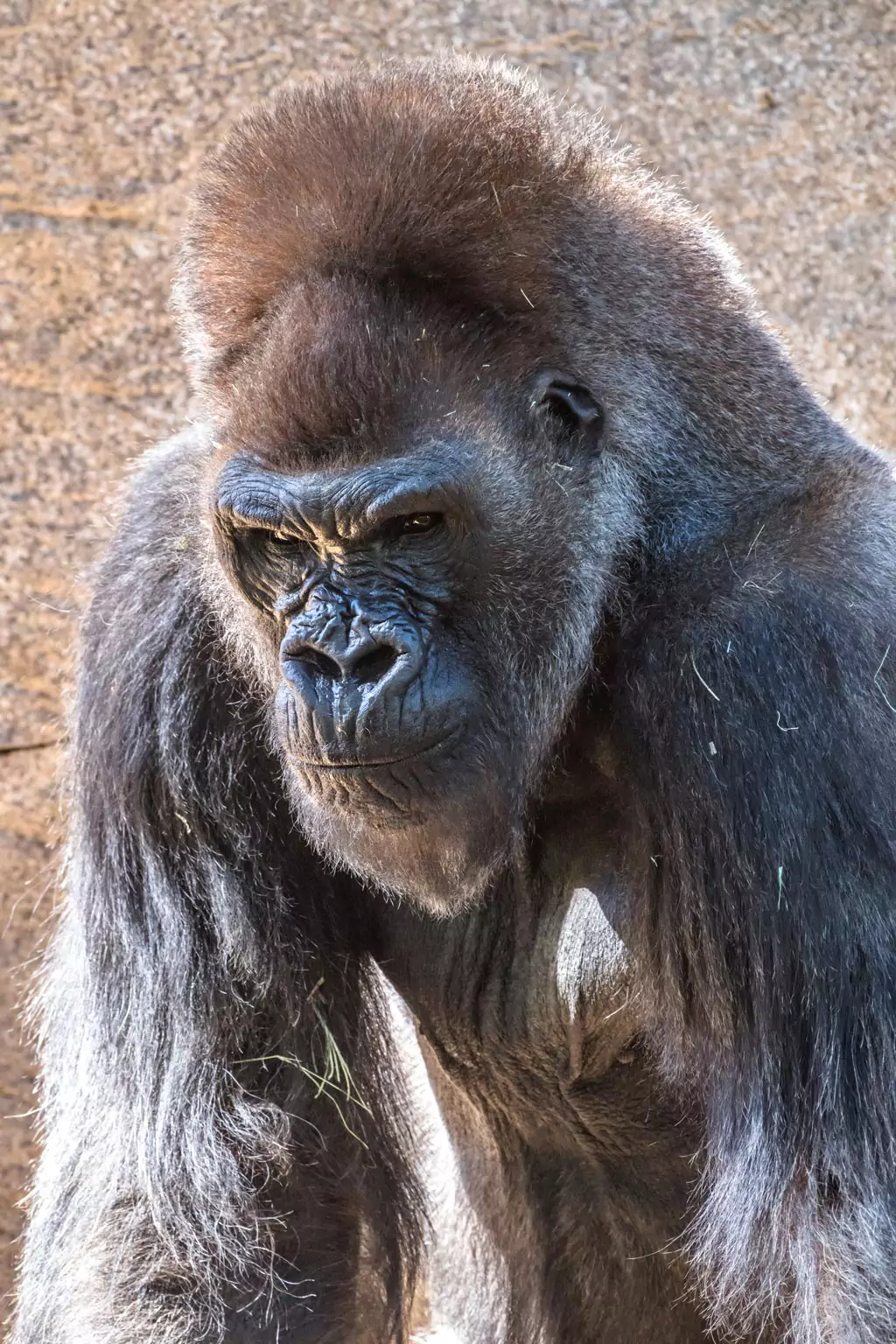
1. Genetic Similarity to Humans
We Share Almost 98% of Our DNA with Gorillas
It's astonishing to realize that gorillas share around 98% of their DNA with humans. This close genetic similarity means that gorillas can be susceptible to many of the same illnesses that affect humans. Even a common cold can have severe implications for these primates, as they might not have developed the necessary immunities to combat such diseases. This fact underscores the importance of minimizing human contact with wild gorillas to prevent the transmission of diseases.
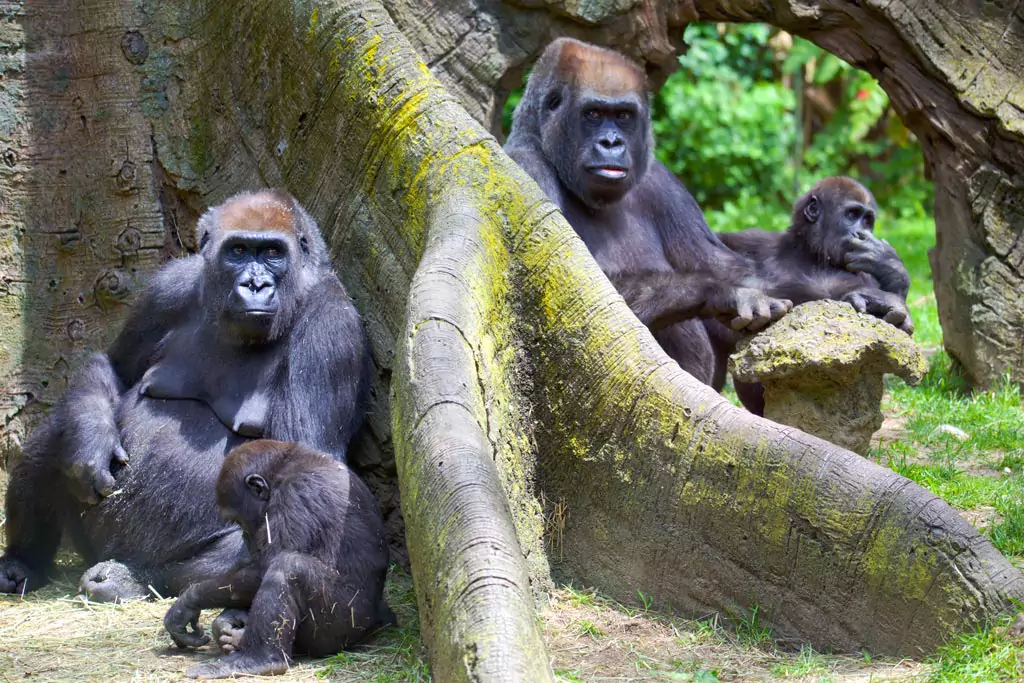
2. Gorilla Social Structure
They Live in Stable Family Groups
Gorillas are highly social animals that live in stable family groups, typically consisting of one dominant male, multiple females, and their offspring. The dominant male, known as the silverback due to the silver section of hair on its back, plays a pivotal role in the group, making decisions, mediating conflicts, and leading the group to feeding sites. Both males and females in the group participate in the care of the young, displaying behaviors such as hugging, carrying, and playing. As they mature, most males and about 60% of females leave their birth group to join another troop, preventing inbreeding.
3. Population in the Wild
Around 1,063 Mountain Gorillas Exist in the Wild
Mountain gorillas, a subspecies of the eastern gorilla, are critically endangered. The latest census results indicate that there are approximately 1,063 of these majestic creatures left in the wild. They are found in two isolated groups: one in the Virunga Volcanoes, spanning three national parks across Uganda, Rwanda, and the Democratic Republic of Congo, and the other in Uganda's Bwindi Impenetrable National Park, which connects to the Sarambwe Nature Reserve in the DRC.
4. Gorilla Diet
They Can Eat All Day Long
Gorillas have a predominantly herbivorous diet. They spend about a quarter of their day eating, primarily consuming plants. Approximately 85% of their diet consists of leaves, shoots, and stems. However, they also consume larvae, snails, ants, and even roots, barks, and rotting wood, which provides them with essential sodium/salt.
5. Communication
Gorillas Have 16 Different Types of Calls
Communication is vital in gorilla groups. They use a variety of vocalizations to convey different messages. From short barks expressing mild curiosity or alarm to intimidating roars or hoots used by males to establish dominance, their range of calls is diverse and intricate.
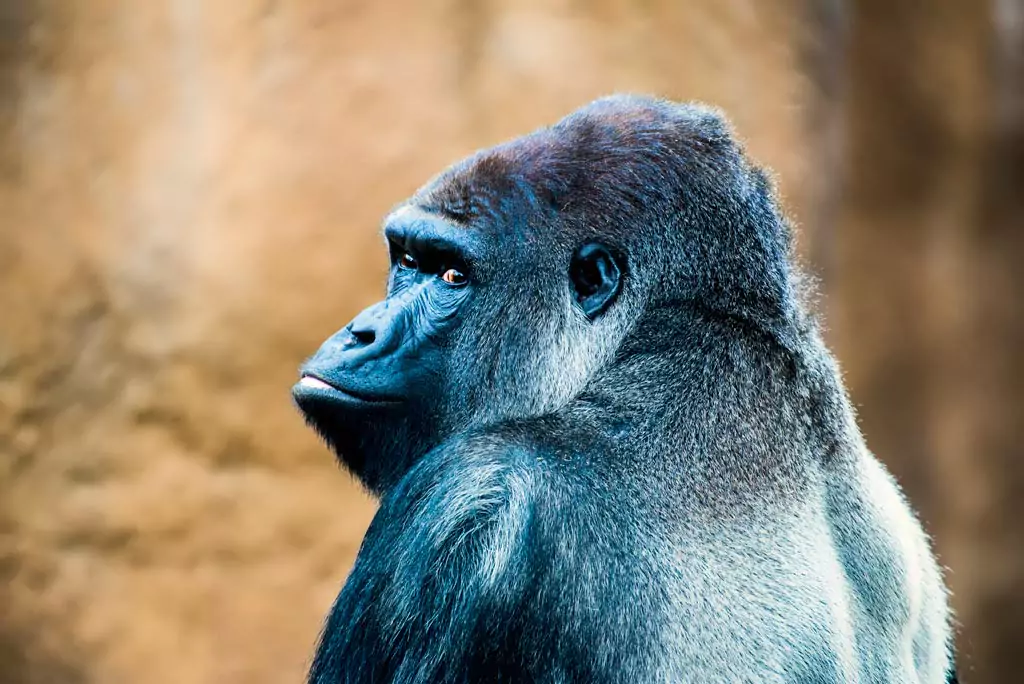
6. Lifespan
In the Wild, Gorillas Can Live to Over 40 Years Old
Gorillas have distinct life stages, similar to humans. They are considered infants until they reach around three-and-a-half years old. From eight years onwards, they are recognized as adults. Males between the ages of 8-12 are termed ‘blackbacks'. However, from the age of 12, they develop a silver section of hair over their back, giving them the iconic ‘silverback' title.
7. Threats to Gorillas
Gorillas Face Numerous Threats in the Wild
The primary threat to mountain gorillas is habitat degradation. As the region's population grows, more land is converted for agriculture, leading to deforestation. This not only destroys their habitat but also brings them into closer contact with humans, exposing them to potential diseases. Moreover, gorillas sometimes venture onto farmland, leading to conflicts with humans. Ill-managed gorilla tourism can also negatively impact their behavior and health.
[[img alt="Gorilla in danger"]]
8. Gorilla Conservation
Efforts to Protect Gorillas and Their Habitats
Organizations like WWF work diligently to conserve gorillas and their habitats. They collaborate with local communities to ensure sustainable use of resources and to increase support for conservation efforts. Gorilla monitoring, habitat patrols, and regular censuses are crucial components of these conservation strategies. Discover more about WWF's work in gorilla conservation.
9. Gorilla Tourism
The Double-Edged Sword
While gorilla tourism brings essential revenue to the region, it must be managed responsibly. Close contact with humans can expose gorillas to diseases, and excessive human presence can alter their natural behaviors. Organizations like WWF champion Gorilla Friendly™ tourism, promoting guidelines that minimize risks to these primates.
10. Gorilla's Physical Strength
One of the Most Powerful Primates
Gorillas are incredibly strong, with the ability to lift almost 10 times their body weight. Their strength is primarily in their arms, which they use for both locomotion and foraging. This immense power is essential for their survival, allowing them to break apart bamboo shoots, defend their families, and establish dominance within their groups.
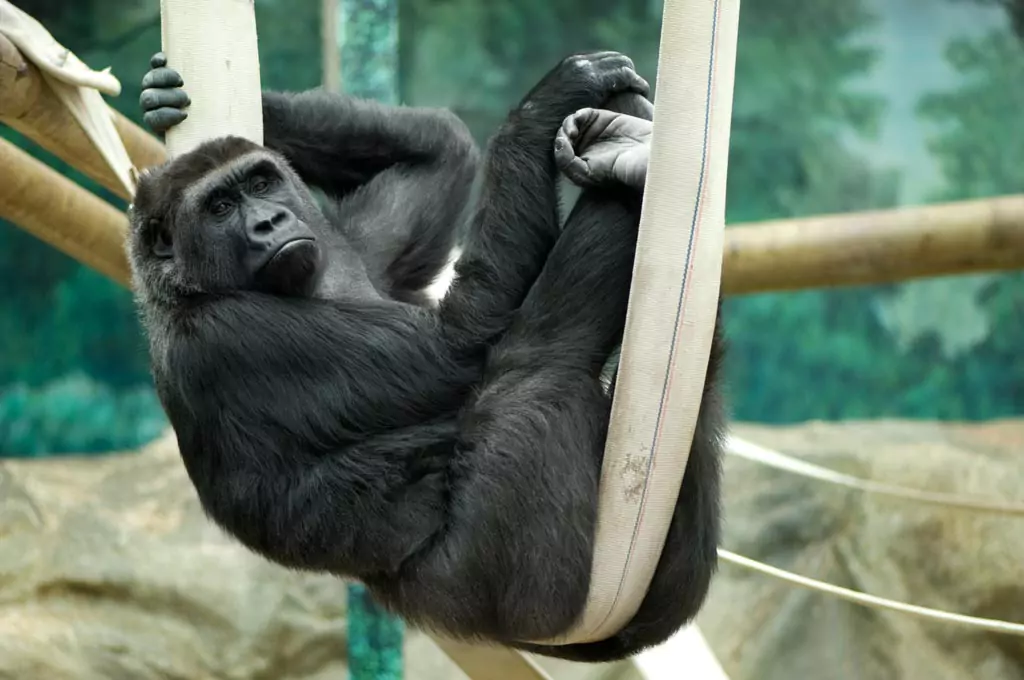
Gorilla's Vocal Communication
A Symphony of Sounds
Apart from the 16 different types of calls we discussed earlier, gorillas use a variety of other sounds to communicate. These include grunts, hoots, and screams, each conveying different emotions and messages. For instance, a series of rapid hoots can signal excitement or agitation, while low grunts during feeding indicate contentment.
Gorilla's Intelligence
Tool Use and Problem Solving
Gorillas have shown remarkable intelligence in both the wild and captivity. In the wild, they've been observed using sticks to gauge the depth of water while crossing swamps. In captivity, they've demonstrated the ability to learn sign language, solve complex problems, and even display elements of self-awareness.
Gorilla's Role in the Ecosystem
Forest Gardeners
Gorillas play a crucial role in their ecosystem. As they feed on fruits, they disperse seeds through their waste, promoting forest growth. This makes them vital for the health and regeneration of the forests they inhabit. By maintaining the forest ecosystem, they indirectly support countless other species that call the forest home.
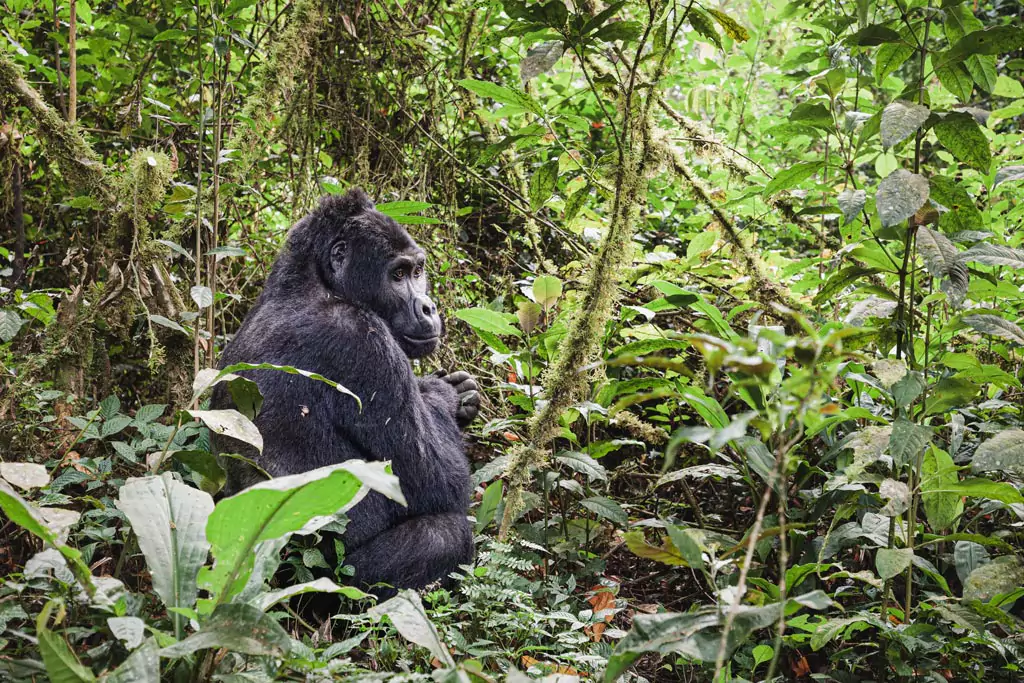
Gorilla's Cultural Significance
Revered and Feared
In many of the cultures where gorillas are found, they are both revered and feared. Some tribes view them as ancestral spirits, while others see them as a symbol of strength and power. Their presence in folklore, myths, and even modern media underscores their significance in human culture.
Gorilla's Conservation Status
A Beacon of Hope
While mountain gorillas are critically endangered, there have been positive strides in their conservation. Thanks to concerted efforts by various organizations and governments, their numbers have seen a slow but steady increase in recent years. However, much work remains to ensure their survival.





